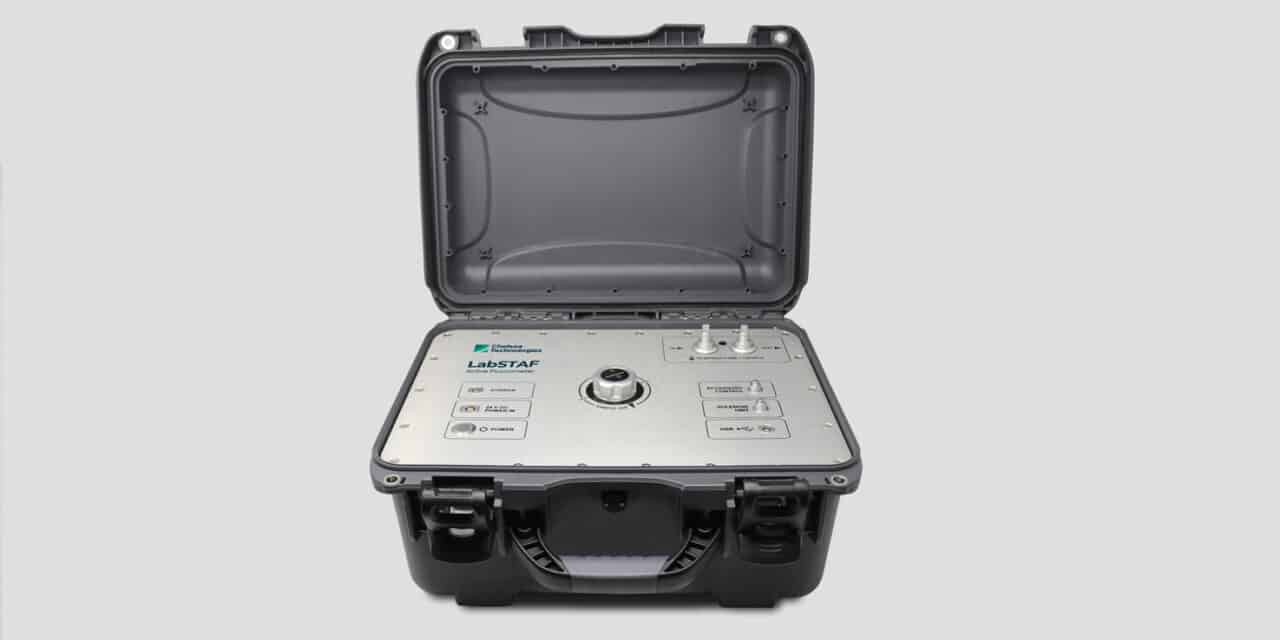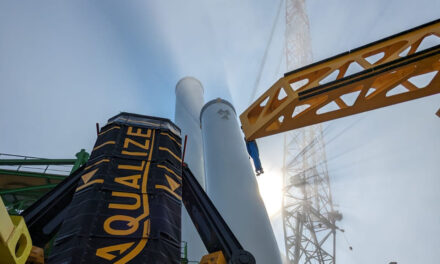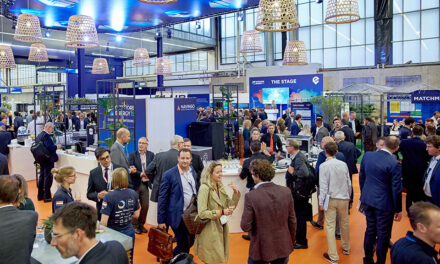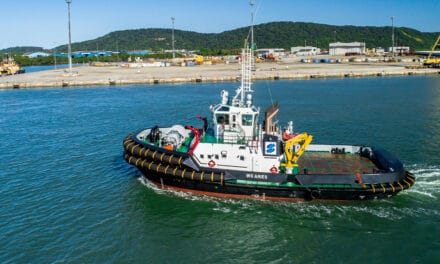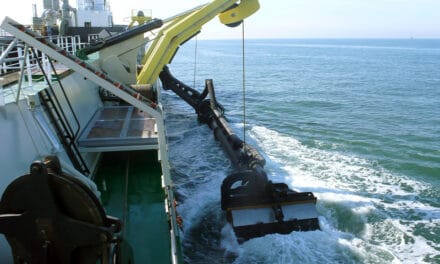Understanding primary productivity in the ocean, by Ben Goymer
Sunlight is, directly or indirectly, the ultimate energy source for almost all life on Earth. Phytoplankton harvest it to convert inorganic carbon to an organic form and as a result, are responsible for approximately half of the photosynthesis that occurs on our planet. Phytoplankton primary production therefore fuels marine food webs and is a fundamental property of the ocean ecosystem.
A combination of both light and nutrients are essential for phytoplankton to sustain their growth. Without the supply of nutrients from the lower layers of the ocean, phytoplankton cannot photosynthesise and maintain their biomass in the sun-lit upper layers of the ocean. The variable nature of the ocean’s conditions therefore corresponds to a hugely variable distribution of phytoplankton, from enormous blooms of algae to vast ocean deserts almost free of biogenic activity. Ocean deserts, known as oligotrophic zones, may account for over 30% of total marine primary production and cover more than 60% of the ocean’s surface area, making them the largest ecosystem in the surface ocean.
These regions often occur as a result of the warming of surface waters, causing them to become more buoyant. This creates a pressure and temperature gradient with the cooler, denser deep ocean waters below. When phytoplankton die, they are exported as organic matter to depth, causing nutrients to accumulate in deep waters. However, the gradient between the surface and the deep prevents the reintroduction of dissolved nutrients into the surface of the oceans. The surface therefore becomes depleted of nutrients and primary production becomes limited. With global warming predicted to expand the ocean’s oligotrophic regions, we must ensure that we understand the fundamental processes occurring within them, including primary productivity.
It is therefore vital that we measure primary productivity in these vast ocean deserts as well as in areas rich with productivity and nutrients. Until now, it has been difficult to find a single instrument capable of accurately measuring primary production at both high and extremely low concentrations of phytoplankton. Chelsea Technologies’ new portable active fluorometry system, LabSTAF, monitors phytoplankton using the latest in STAF technology and combines an unparalleled sensitivity with a wide dynamic range. This allows for measurements in extreme oligotrophic waters, open oceans, coastal waters and lakes with much greater precision. It provides a highly automated platform for running continuous Fluorescence Light Curves (FLCs) and incorporates new features to greatly improve the accuracy of STAF-based primary production assessment, including the correction of spectral errors, baseline fluorescence and the package effect.
For more information on LabSTAF and the use of active fluorescence in primary productivity monitoring, please contact Ben Goymer at bgoymer@chelsea.co.uk.
